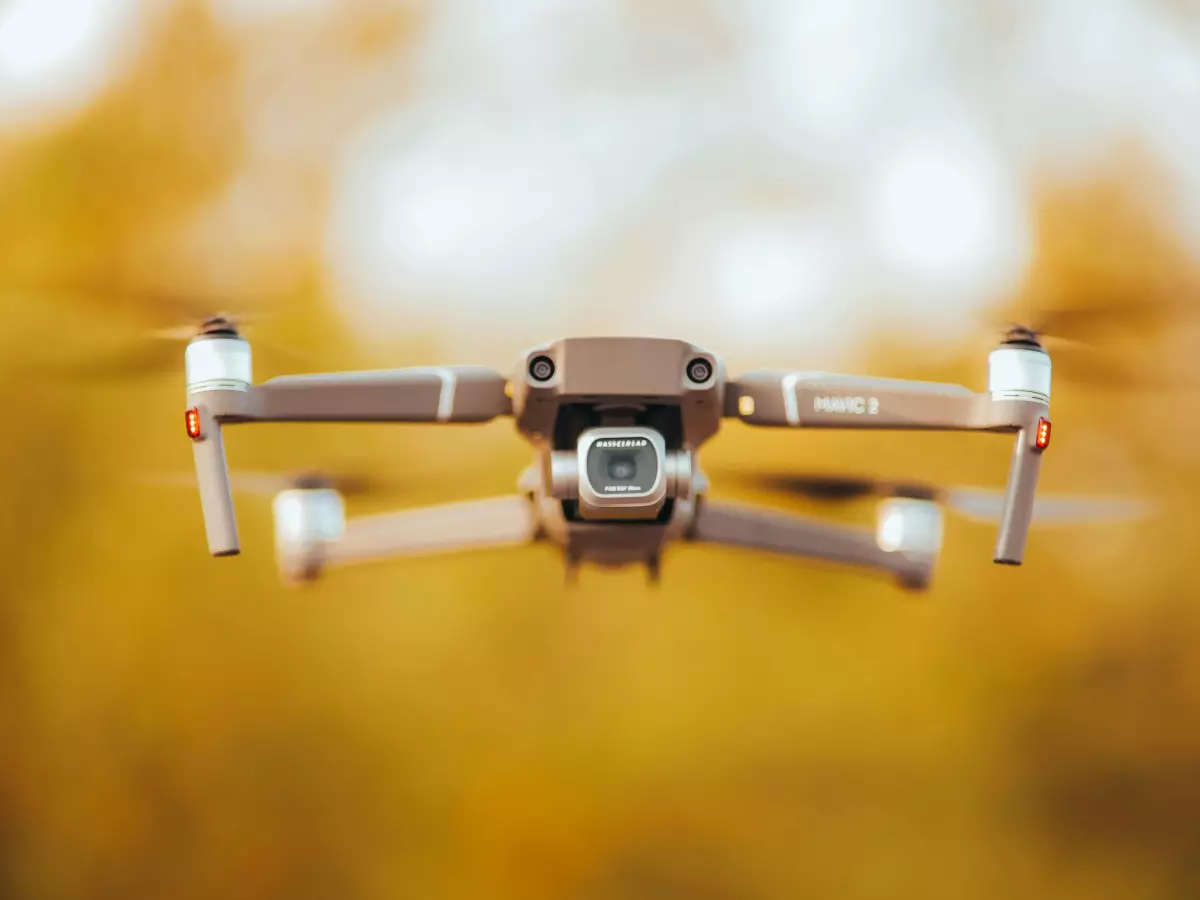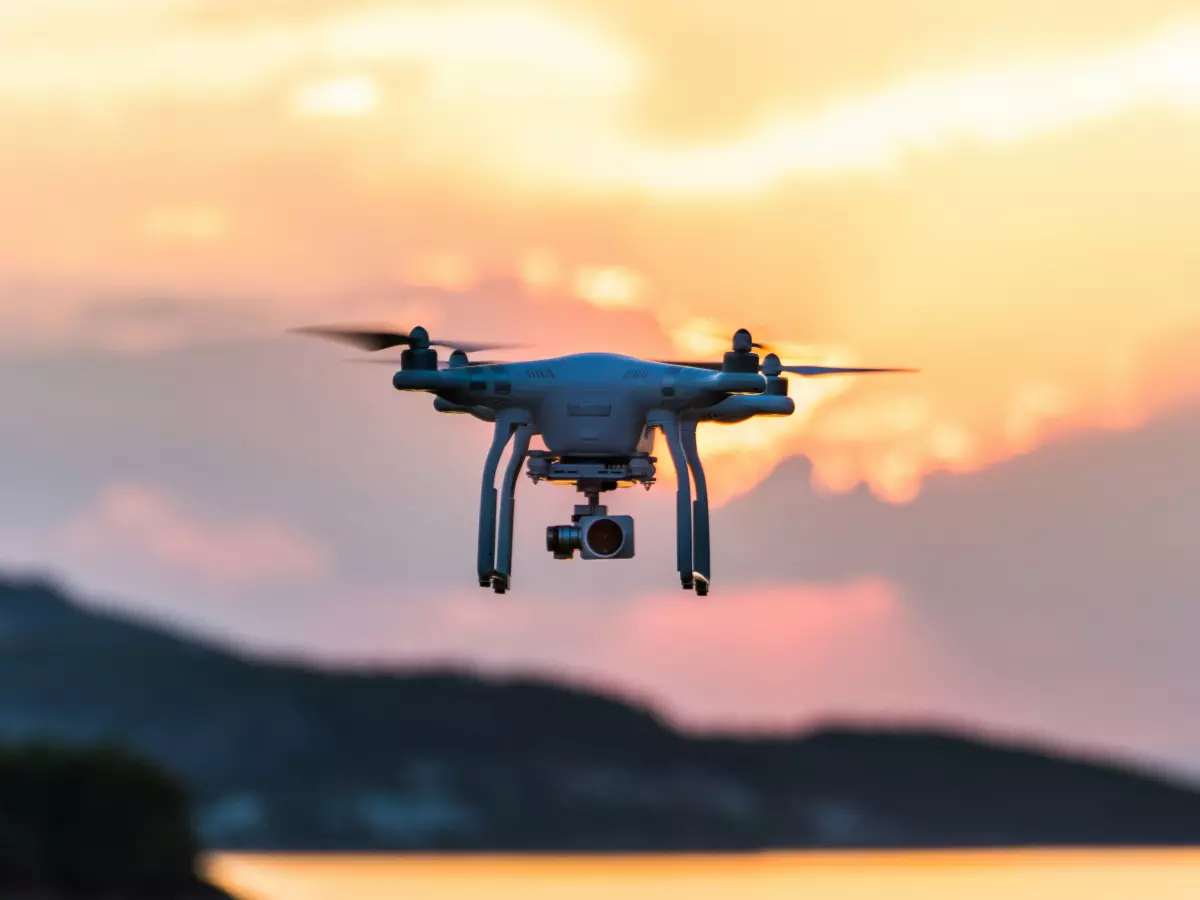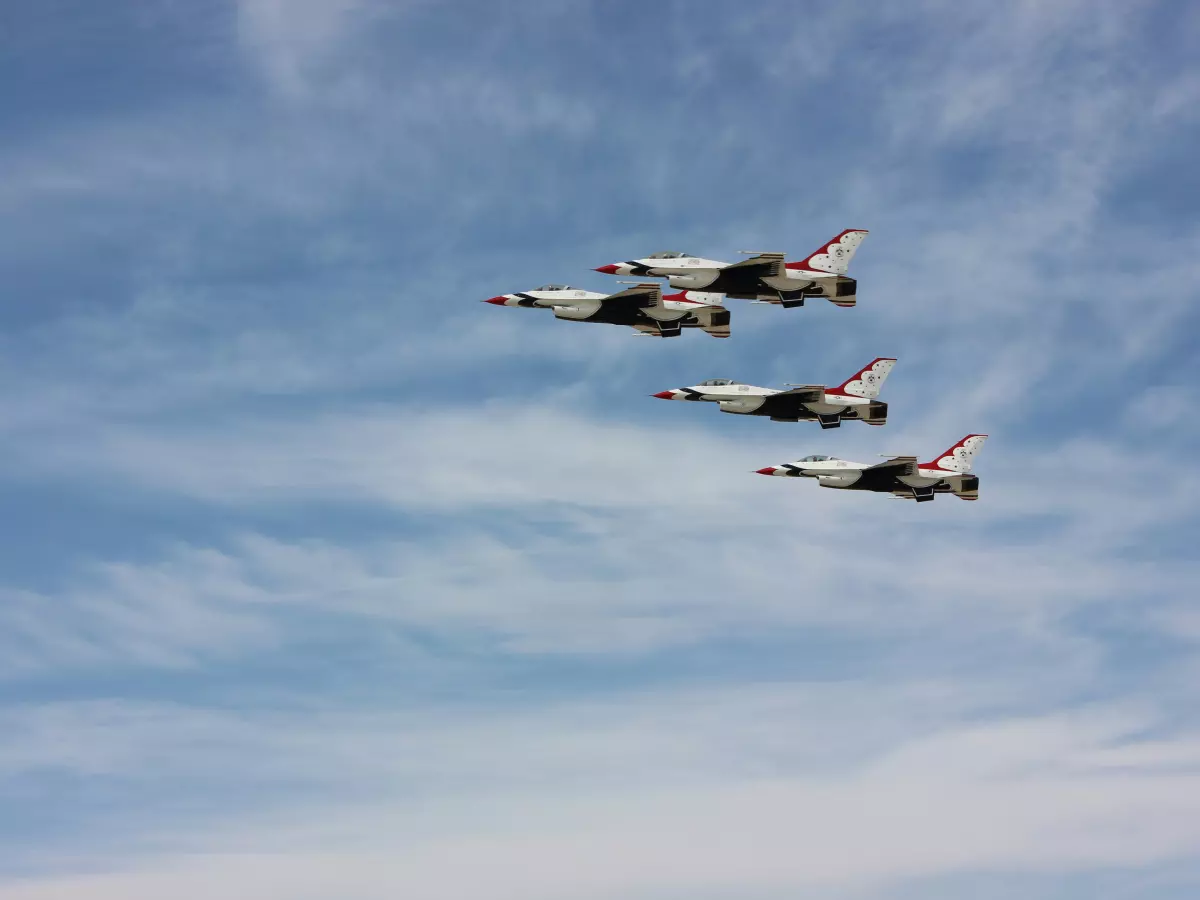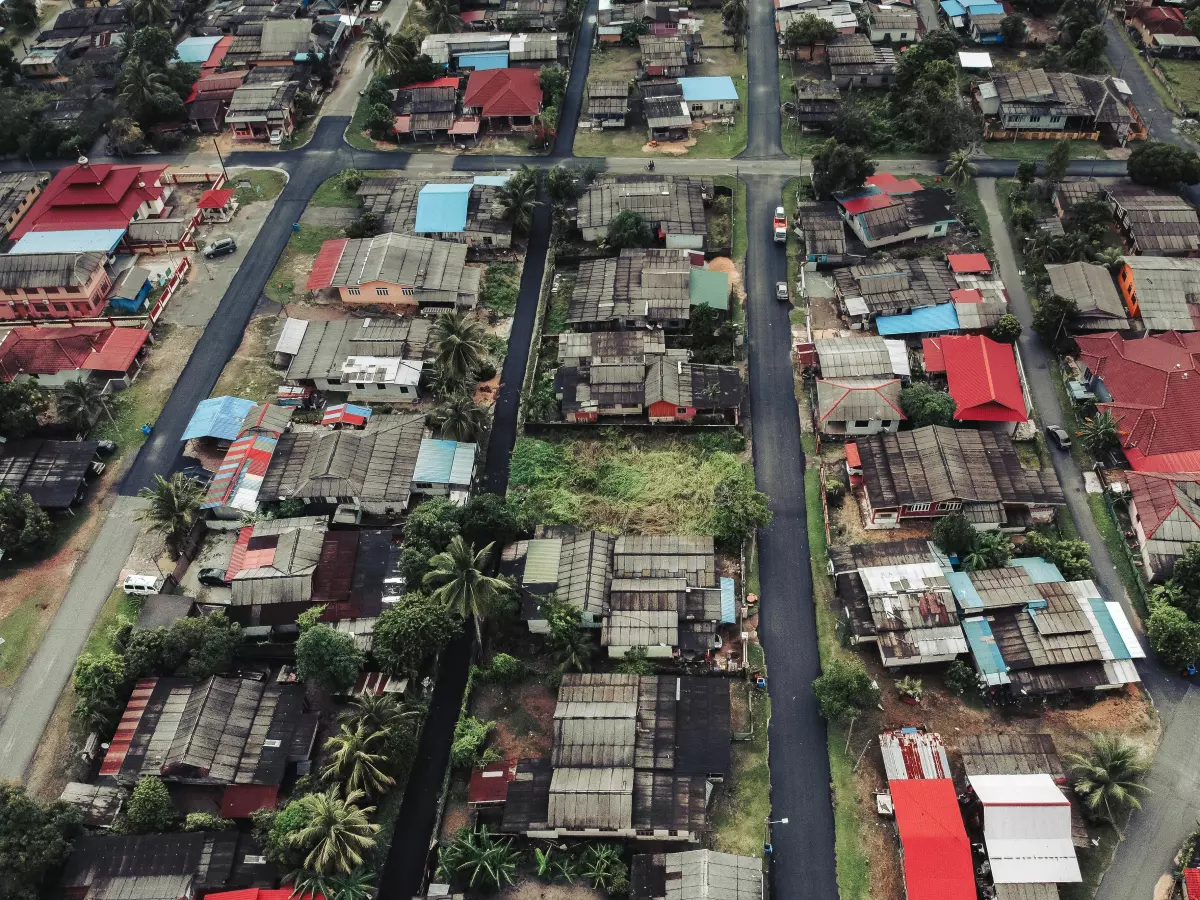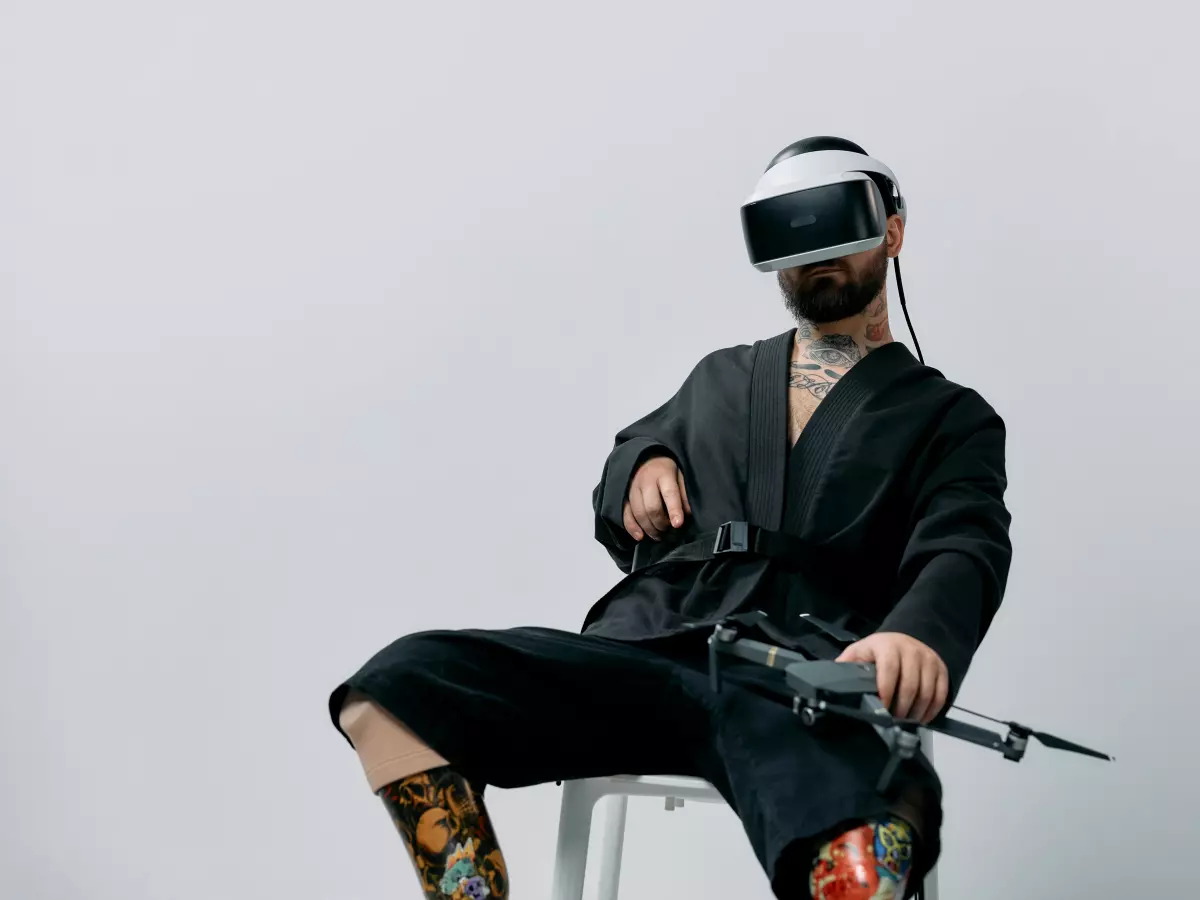Precision Delivery Decoded
Imagine a future where your pizza arrives not by a delivery driver but by a drone, navigating rain, wind, and urban chaos to land perfectly on your balcony. Sounds like sci-fi? Not anymore.
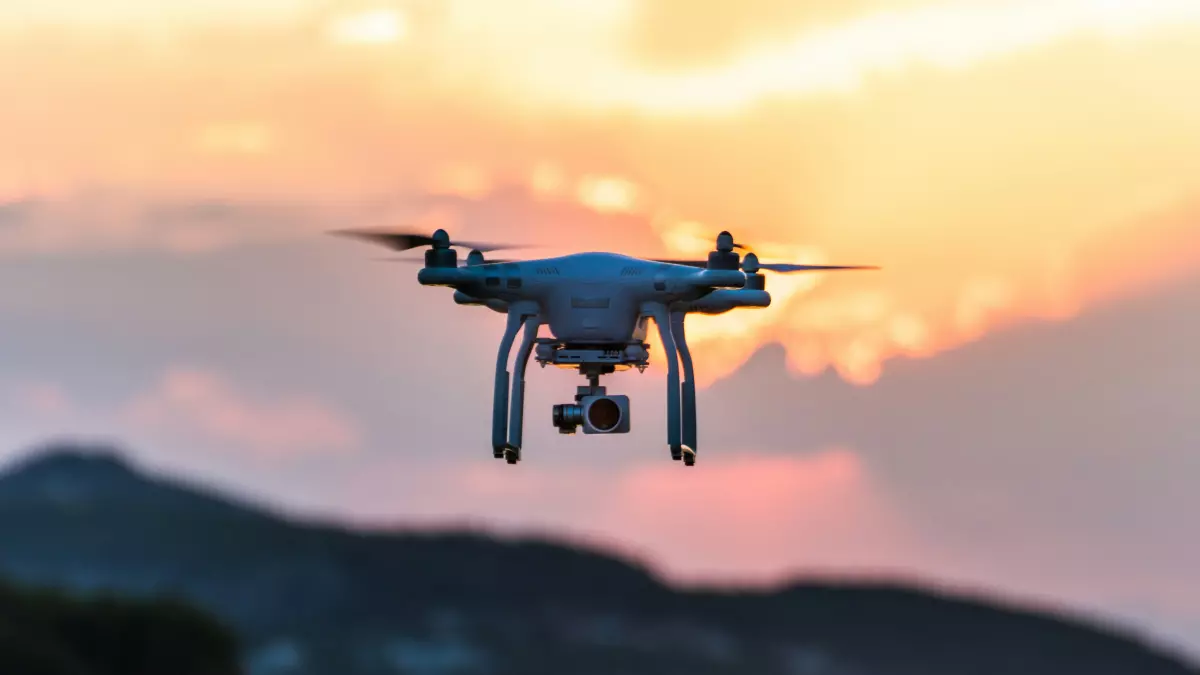
By Carlos Martinez
Today, drones are on the brink of revolutionizing delivery systems. Companies like Amazon and UPS are already testing drone delivery networks, promising faster, more efficient logistics. But how do these flying robots achieve such precision? The answer lies in the intricate dance between sensor fusion, flight control software, and autonomy.
The Brain Behind the Blades
At the heart of every delivery drone is its flight control software. Think of it as the drone's brain. This software processes a flood of data from various sensors—GPS, gyroscopes, accelerometers, cameras, and even LiDAR. It then makes split-second decisions to ensure the drone stays on course, avoids obstacles, and lands exactly where it should.
Flight control software is like a symphony conductor, orchestrating all the drone's components to work in harmony. It calculates the optimal flight path, adjusts for wind and weather, and even compensates for payload weight. Without it, drones would be little more than expensive toys.
Sensor Fusion: The Secret Sauce
Now, let's talk about sensor fusion. This is the process of combining data from multiple sensors to create a more accurate picture of the drone's environment. For example, GPS provides location data, but it's not always reliable, especially in urban areas with tall buildings. That's where other sensors like cameras and LiDAR come in, filling in the gaps.
Sensor fusion allows drones to "see" and understand their surroundings in 3D. This is crucial for precision delivery, as it enables the drone to identify safe landing zones, avoid obstacles, and even detect moving objects like birds or other drones. It's like giving the drone a pair of superhuman eyes and a brain to process what it sees.
Autonomy: The Final Frontier
Autonomy is what truly sets delivery drones apart. It's one thing to remotely control a drone, but it's another to have it make decisions on its own. Autonomous drones can handle complex tasks like navigating through crowded airspace, adapting to sudden weather changes, and even rerouting in real-time if their original path is blocked.
This level of autonomy is achieved through advanced algorithms and machine learning. The drone's software is trained on vast amounts of data, allowing it to recognize patterns and make predictions. For instance, if a drone encounters a sudden gust of wind, it can instantly adjust its flight path to stay on course.
Challenges and Opportunities
Of course, achieving precision delivery isn't without its challenges. Battery life is a major limitation, as most drones can only fly for 20-30 minutes on a single charge. There's also the issue of air traffic management, as more drones take to the skies. And let's not forget the regulatory hurdles, with governments still figuring out how to safely integrate drones into existing airspace.
But the opportunities are immense. Imagine a world where medical supplies can be delivered to remote areas in minutes, or where e-commerce orders arrive at your doorstep within hours. The potential for drones to transform industries is enormous, from healthcare to retail to disaster relief.
The Road Ahead
So, what does the future hold for drone delivery? As technology continues to advance, we can expect drones to become even more autonomous and efficient. Innovations in battery technology, like solid-state batteries, could extend flight times. Meanwhile, advancements in AI and sensor fusion will make drones smarter and more reliable.
In the not-so-distant future, precision delivery could become the norm rather than the exception. And who knows? Maybe one day, you'll look up and see a sky filled with drones, each one carrying a package to its destination with pinpoint accuracy.
For now, though, the next time you see a drone buzzing overhead, take a moment to appreciate the incredible technology that makes it possible. Because behind every successful delivery is a symphony of sensors, software, and autonomy, working together to shape the future of logistics.
